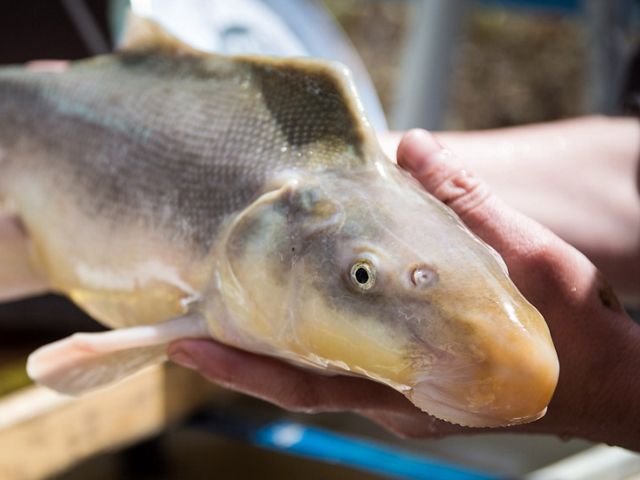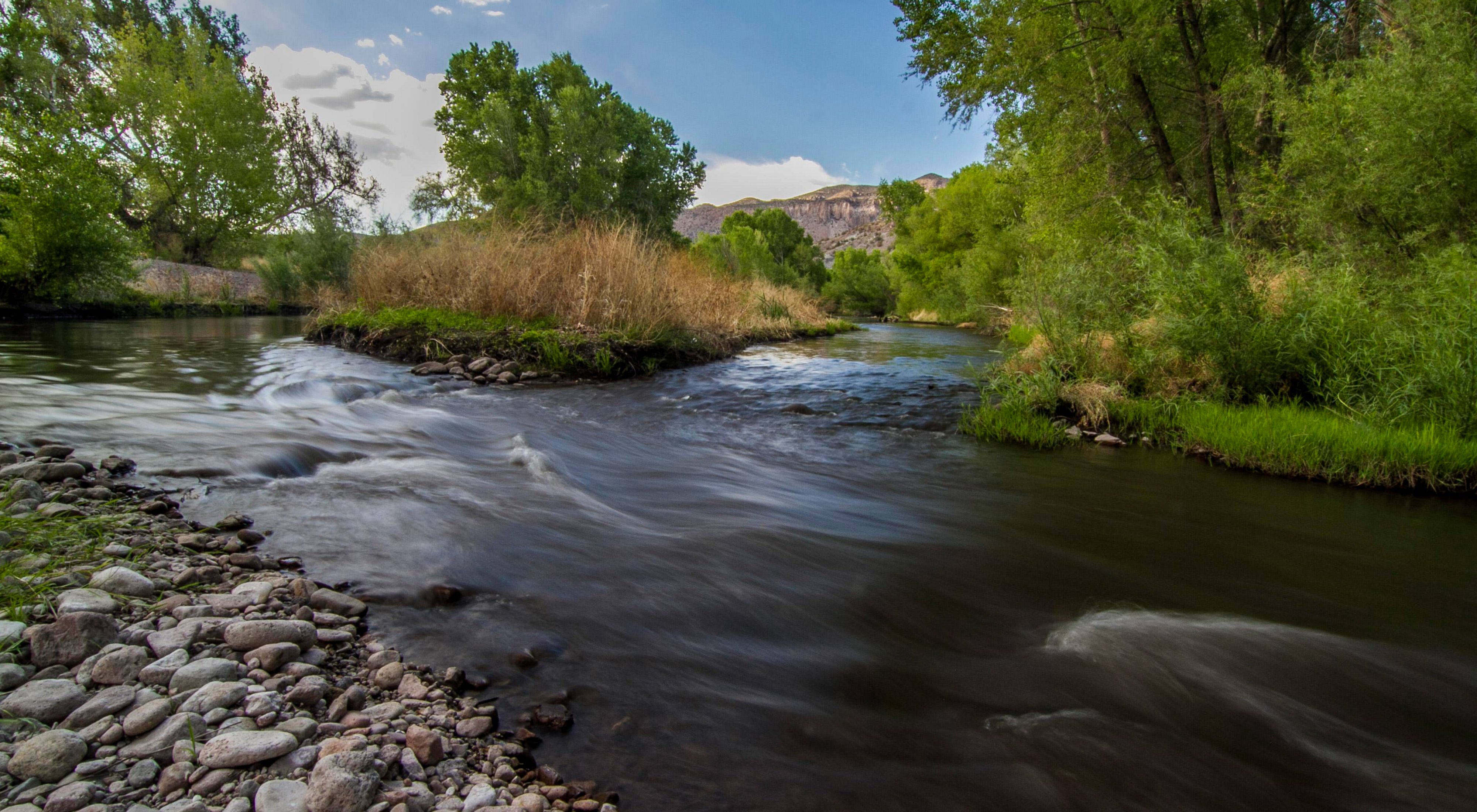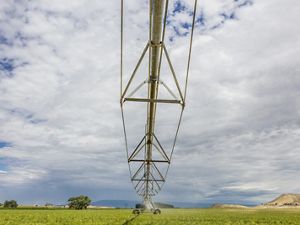The Upper Colorado Endangered Fish Recovery Program
An interstate initiative that benefits the entire Upper Colorado River Basin.
The Upper Colorado Endangered Fish Recovery Program has worked behind the scenes for the past 30 years to help keep water users along the upper basin compliant with the Endangered Species Act (ESA). Established in 1988 and managed jointly by the U.S. Fish and Wildlife Service and the U.S. Bureau of Reclamation, the program’s goal is to achieve full recovery of the four federally listed endangered fish species in the upper basin: humpback chub, bonytail, Colorado pikeminnow and razorback sucker.
The Nature Conservancy has worked with the program since its inception. As partners, we’ve helped protect more than 1,000 miles of critical habitat for these four fish. The work has also assured that more than 2,500 water projects depleting 3.7+ million acre-feet per year are in compliance with the ESA.
“This program is more than a restoration program for these four endangered fish. This is an investment program that restores river flows and habitats to much of the Upper Colorado River Basin at the same time that it provides legal certainty to water users,” explained Patrick McCarthy, Colorado River Program Conservation Director.
Preemptive Solutions for Endangered Fish
The program, along with a sister program in the San Juan River Basin, was a preemptive response to the threats that the endangered fish faced in the Upper Colorado in the late 80s and early 90s. Rather than waiting for lawsuits that would force regulation on water users and likely lead to curtailments, a coalition of partners (which now includes federal and state governments, power utilities, irrigation districts, Native American tribes and conservation groups) came together to devise strategies that would keep the populations of the four endangered fish from further decline.
The program funds a wide variety of initiatives, from habitat improvement and hatcheries, to infrastructure that prevents entrainment or escapement of fish, and even the sponsoring of fishing tournaments with cash prizes, aimed at removing harmful invasive species like the smallmouth bass that prey on the endangered fish.
Quote: Patrick McCarthy
These are improvements that benefit not only the four endangered fish, but also help other native species that are in trouble but aren't yet listed as endangered or threatened.
Benefits to the Basin Beyond Endangered Fish
TNC has supported the program since its creation in the 80s by providing scientific and technical expertise that improves the ecological effectiveness of the initiative. “The program has led to increased environmental flows and benefits to riparian vegetation,” explained McCarthy, who is TNC’s representative for the program. “These are improvements that benefit not only the four endangered fish, but also help other native species that are in trouble but aren't yet listed as endangered or threatened.”
Throughout the decades, the program has been lauded as a successful example of multi-sector collaboration. Not only have no lawsuits been filed concerning ESA compliance for any water projects, but the populations of three of the four fish have increased. In fact, in 2018 the U.S. Fish and Wildlife Service recommended downlisting the razorback sucker and the humpback chub from endangered to threatened. “We think that finally after many years of augmentation (stocking of fish), plus control of non-natives, plus flow releases, plus other habitat work, razorback suckers and humpback chubs have crossed a threshold,” said McCarthy. The downlisting of these two species requires a public review, which will take place in 2019 (humpback chub) and 2020 (razorback sucker).

Best Chance for Recovery
The program, which receives federal funding and is authorized by Congress, is set to sunset in 2023. However, the participating partners have already started working to extend the life of the initiative, so that it can continue to provide benefits to the Colorado River Basin well into the 21st century. “The program stakeholders agree that continuation of these partnerships represents our only meaningful chance of recovering these endangered species by restoring and securing big river ecosystem health while respecting our water development needs into the future,” says Tom Chart, the Upper Colorado River program director. By 2021, the program partners, including TNC, will work with the U.S. Department of the Interior to deliver a report to Congress that specifies which activities should be continued past 2023 and their projected costs.
“This river supports 40 million people and supplies enough hydroelectric power for almost 800,000 homes,” says McCarthy. “The least we can do is invest a tiny fraction of that economic output in restoration of the very system that makes it possible. ”


